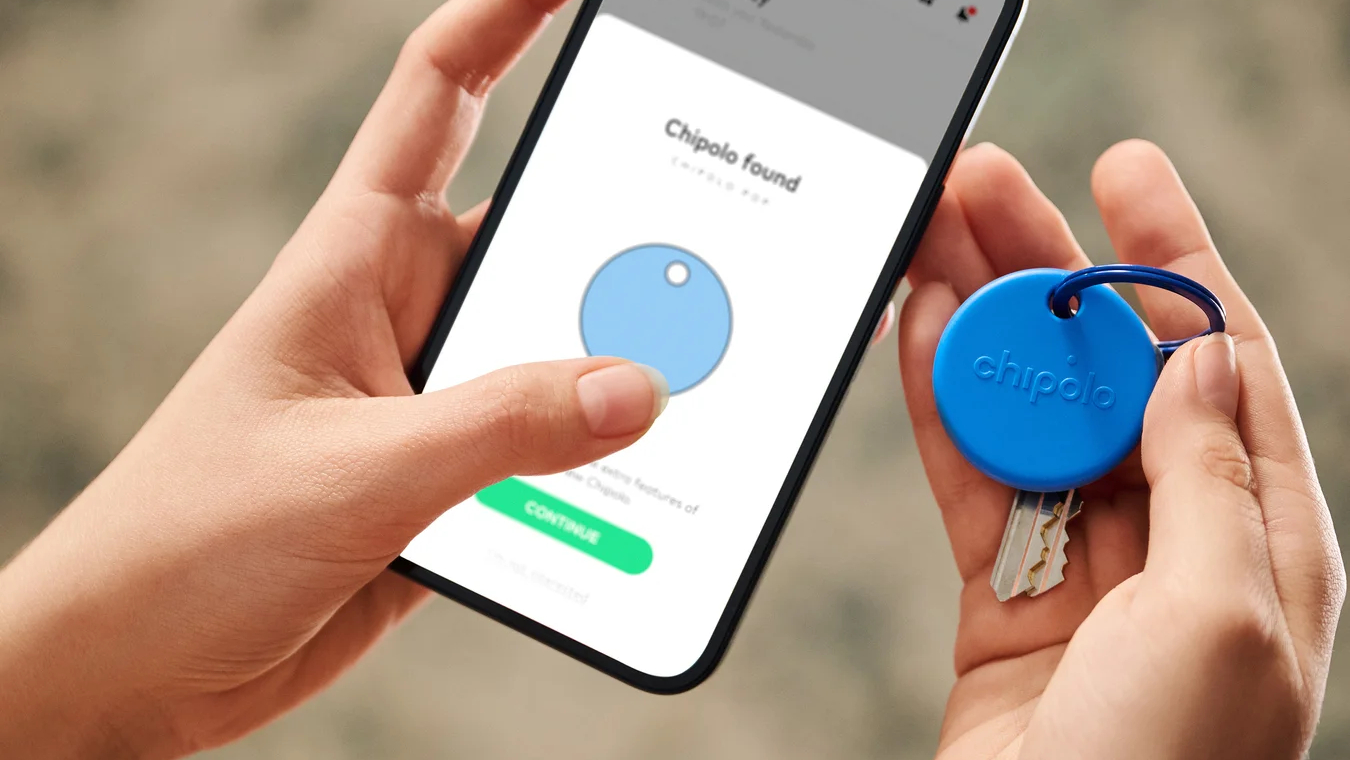Is Sling TV's $20-per-Month Streaming TV Plan Worth It?
Dish Networks' cable-like streaming service includes ESPN, Food Network, TBS and Cartoon Network - but not ABC, CBS, Fox or NBC.
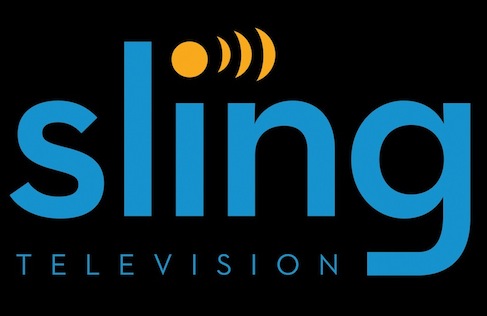
Editors' Note: Our full review of Sling TV is now live.
Satellite provider Dish TV is courting those millennials who weren't going to sign up for traditional pay-TV service anyway by offering an online package called Sling TV. For $20 per month, and no contract, Sling TV customers can watch a lot of the cable-TV content they couldn't get from the likes of Netflix or Hulu — chief among them, ESPN.
They can access the service from apps running on most mobile devices, computers and set-top boxes. I got a peek at a beta version of the service here at CES.
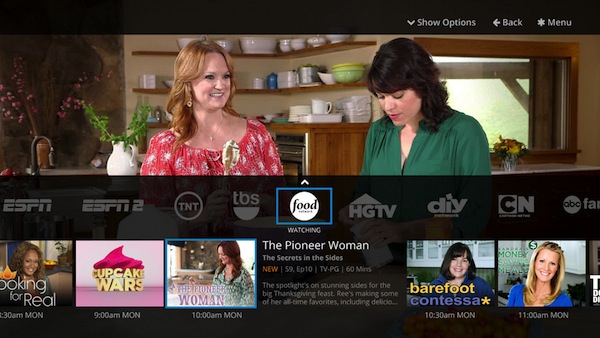
Hipster TV?
Launching "soon," according to Dish, Sling TV will include live online access to ESPN and ESPN2, along with other channels that the company says millennials are hooked on, including Food Network, HGTV, Travel Channel, Cartoon Network and Adult Swim. For parents, the basic service also offers the Disney Channel and ABC Family. CNN, TBS and TNT are also in the mix, but not regular ABC, CBS, Fox or NBC.
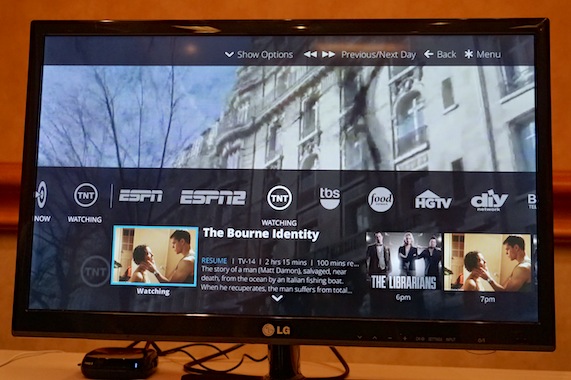
That leaves out most or all of the shows that dominate the Nielsen ratings, such as Sunday Night Football, The Big Bang Theory and The Voice. You, of course, can get all these programs with an HD antenna (see our ratings) and watch many of them the next day with Hulu.
MORE: Best Streaming Players: Chromecast, Roku, Apple TV & More
But Sling TV isn't going after average American viewers. It looks more like the TV service for hipsters — or as Sling TV's CEO Roger Lynch described them, "young millennials in urban environments," who are also well educated. In addition to traditional channels, Sling TV will offer popular Web-only content, starting with a channel from Maker Studios.
The best of pay TV…
If people want more of a cable experience, Sling TV will be ready. It's announced two $5/month "add-on packs" — a Kids Extra with additional channels like Disney Junior and Boomerang and a News & Info Extra including HLN and Bloomberg. Lynch seemed most excited about the upcoming Sports Extra plan, but he couldn't provide full details yet. He did say it will include additional ESPN channels, but also other sources. According to Lynch, ESPN is the service that cord cutters miss most, and the one that prevents many people from becoming cord cutters.
Sign up to get the BEST of Tom's Guide direct to your inbox.
Get instant access to breaking news, the hottest reviews, great deals and helpful tips.
A package with the big four networks is coming, complete with their hefty licensing feels. Adding the networks will be, "a lot more cost, but not twice as much," Lynch said. Sling TV seems open to adding options for any cable channel that wants to participate. (A deal with A&E is already in the works.) At a certain point, though, you'll be paying as much or more than you would for standard cable or satellite TV.
…and the worst of pay TV
Several aspects of Sling TV will be just like the traditional television that online viewers are trying to escape. For starters, the same amount of commercials. Those appalled by the occasional 30-second ad spots on Hulu Plus may not be able to tolerate 10-15 minutes of commercials per hour on Sling TV.

Also, there's no DVR option; and the on-demand offerings are scattershot. Lynch and I were watching Ace of Cakes as it aired on Food Network. We could see episodes that had aired earlier and what would be coming up later; but we couldn't watch whatever we wanted, when we wanted. Only two episodes from one of the seasons were available. This is a byproduct of Byzantine licensing schemes rather than Sling TV's desire to be a killjoy.
MORE: Your Guide to Cable TV Cord Cutting
It could especially hurt if you aren't free when your favorite team is playing: If you miss the game on ESPN, it's gone. The upshot is that you don't have to be at home to see the game. Sling TV will be app-based, running on Android and iOS devices, Windows and Mac computers. At home, you can also watch it on Roku players and TVs, Amazon Fire TV, the Xbox One, the Google Nexus player and smart TVs from LG and Samsung.
Interface: Cable meets Netflix and Amazon
As with a service like Netflix, the Sling TV app looks about the same on any device. While a live or on-demand video is playing, you can bring up a menu at the bottom of the window that lets you scroll along by channel or genre, such as Family or Sports. The interface also shows recommendations for other shows or movies, based on what you are watching.
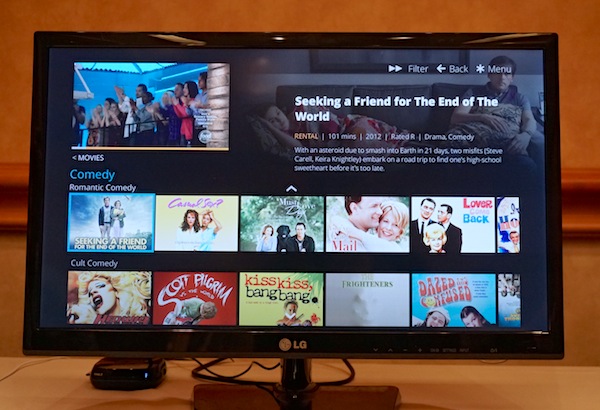
Sling TV also offers movies for purchase or rent, as you get from services such as Amazon or M-Go. Prices appeared to be in line with those competitors. Guardians of the Galaxy, for example, was available for rent in HD for $5.99.
Does online TV add up?
Sling TV is definitely something new and potentially big in online viewing — a cable-like channel bundle that runs on devices you already have rather than on a big tuner box stuck at home, that you have to rent. But the $20 price may prompt cord cutters to pull out their calculator apps. Even without cable TV, they need cable, fiber or DSL Internet service. Pile on top of that $8-$9 per month for Netflix and possibly also Hulu ($8/month) and Amazon Prime ($99 per year or $8.25 per month). HBO plans to offer a Web-only option this year — for an undisclosed sum. It will be similar for Showtime. CBS also has a $6/month service, for those hipsters who are closet fans of Blue Bloods. Add it all up, and you're getting in the range of a cable TV plan — without a DVR.
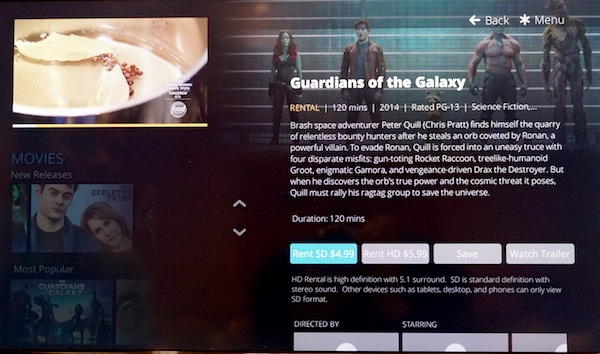
But cord cutting usually isn't about getting everything in a big bundle: It's about saving money by picking just what you really want. For sports fans who can't be bothered with mainstream network shows, Sling TV could be worth it just for two channels of ESPN. If they are also foodies or have kids, all the better. But at $20, with commercials, Sling TV may not be the no-brainer that something like Netflix is.
Follow Sean Captain @seancaptain. Follow us @tomsguide, on Facebook and on Google+.
Sean Captain is a freelance technology and science writer, editor and photographer. At Tom's Guide, he has reviewed cameras, including most of Sony's Alpha A6000-series mirrorless cameras, as well as other photography-related content. He has also written for Fast Company, The New York Times, The Wall Street Journal, and Wired.
-
Marty Dube You bet its worth it. It will only get better with time. So Ill sit back and enjoy my new drinking device http://www.thedranktank.com/product/the-drank-tank/Reply -
darnit For clarity's sake, the service is "Sling TV". It's referred to as both Stream and Sling throughout the article...Reply -
reality chick I hate the whole concept of paying for stuff I don't like. Paying for espn for me, is like getting a double hotel room to use one or buying a pack of starburst just to eat the 2 Orange ones- makes no sense.Reply
I wish they let us choose our channels for a subscription. Like 4 or 5 for $20 a month. like cartoon network, amc, a&e, and food network for $20.
When a company gets the sense to let us pay for what we want, they will put the rest in the dust.
Companies that offer multiple channels could bundle them and do their own streaming subscription.
I think the subscription price plus 15-20 minutes of commercials for only a few channels is a little much. That just makes them as bad as charter/Comcast in the greed department. If only they'd pay attention to their customers. -
Rahman22 I don't think you are doing your math correctly.Reply
I'm pretty sure ANY cable package would be "in addition to" most peoples internet service. Internet/wi-fi at home is like water and electricity. I think most of us just can't do without.
So the question becomes: Do I really need "Both"? I came to the conclusion, the answer is "no". If I can get "most" of what I and the family watch by streaming on our existing internet, why pay an entire extra bill for:
TV/cable, state+fed+county+telecom taxes and fees (usually $14-$20) and
"bill stuffing" errors and tactics from most of these monopoly carriers?
i.e. You cannot add the internet cost into your analysis/comparison, because tv or no tv, we must have internet.
IMHO
thanks
